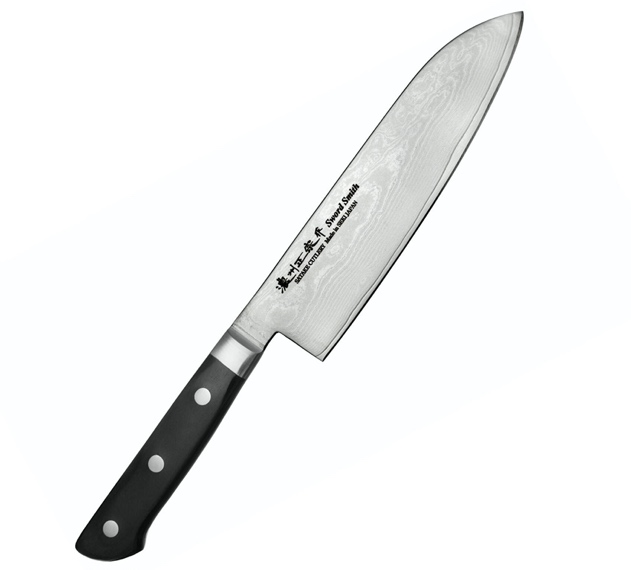Posted June 16, 2021
In this blog, the experts at Metrogreen take you through the ultimate guide to Damascus Steel Knives.
For over 25 years, MetroGreen has been supplying arborists and landscapers around NZ with high-quality horticultural tools and materials. From portable sprayers to simple garden hoes, our customers in the horticultural industries know they can rely on our products to get the job done.
But we don’t just stock gardening supplies for tradies, we also offer a premium range of household tools and equipment. Today, we’re throwing a spotlight on our range of Japanese kitchen knives, specifically focusing on the Houcho range of Damascus steel knives from Satake.
But what exactly is Damascus steel? It certainly has a ring to it, but is it really any different to other forms of steel? We’ve put together a quick history and overview for you.
Damascus steel was first forged in the Near East – an area encompassing modern-day Turkey, Egypt, Iran, and Saudi Arabia, among other countries – around 900 AD. The warriors of this region used it to make their swords, and Europeans first encountered these magnificent weapons during the Crusades of the 11th and 12th Centuries, generally becoming uncomfortably familiar with their pointy ends during battle.

Damascus swords were made using a type of steel from Southern India known as Wootz steel, notable for its high carbon content and banded patterning. Damascus steel was instantly recognisable by its distinctive, swirling patterns, often said to resemble flowing water. In addition to their beauty, Damascus steel blades were renowned for being exceptionally strong, shatter-resistant, and razor sharp.
Though many examples of original Damascus steel weapons still exist, the technique declined and eventually ceased altogether around 1750. Later steel smiths attempted to recreate the distinctive material, but it took many years and failed attempts before they were able to achieve something similar.
Present-day Damascus steel blades are made using a technique known as billet welding to achieve the characteristics of their historical counterparts. This involves welding multiple layers of high-carbon steel and iron together to form a single blade.
Established in Japan in 1947, Satake manufactures knives for both aspiring and professional chefs. The Satake Houcho range of chef’s knives are forged using 69 layers of premium-grade, VG-10 steel hardened to 61-62 HRC. This imbues the blades with the unmistakable and entrancing look characteristic of Damascus steel while also protecting the cutting edge of the blade from damage.
The Santoku Knife is an all-round kitchen knife, suitable for cutting fruit, vegetables, meat, and fish. The wide blade offers versatility and easy transfer of chopped food to a pan or bowl, while the high handle protects fingers while chopping.
The Chef’s Knife is another versatile kitchen tool built to perform a wide array of tasks, but with its pointed tip, it is also ideal for separating meat from bones.
The Carving Knife is designed to cleanly cut meat and fish into slices and to separate meat from bones and fish from ridges.
At MetroGreen, we stock only the highest-quality home and garden tools for professionals and enthusiasts alike. To find out more about our range of Damascus steel kitchen knives or any of our other products, you can contact us by phone or email. Our friendly customer service experts are always ready to talk.